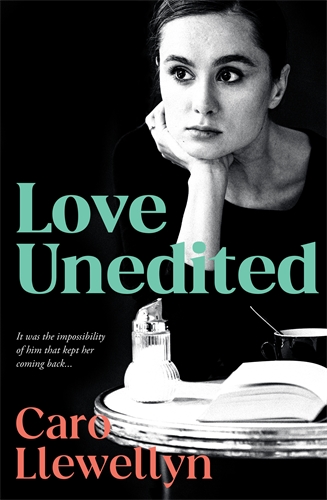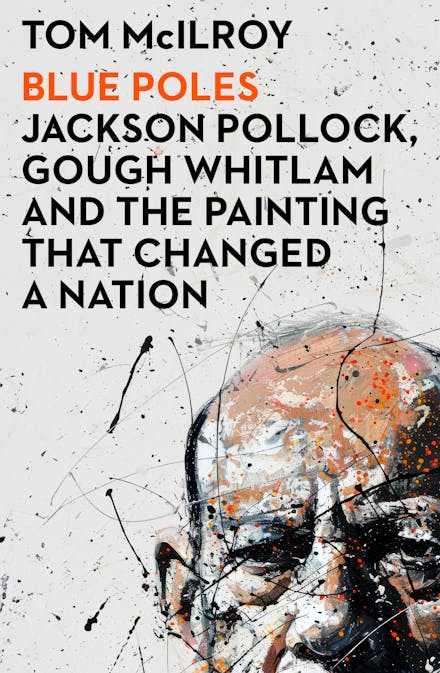Asteroid City

Wes Anderson’s films divide audiences; not so much because of their content (rarely does he openly court controversy) but because of their style. When the trailer for Anderson’s latest film, Asteroid City, first appeared online, those eager to dismiss it on social media wrote: ‘Wes Anderson has made his film again.’ It is a comment that cuts both ways.
Asteroid City has many features of a typical Wes Anderson film: a theatrical setting (in fact, it is a theatre set and the film itself quite literally filmed theatre), exquisite cinematography by long-time collaborator Robert Yeoman, static pictorial and geometrical composition, meticulous design by regular production designer Adam Stockhausen, a muted but vibrant colour palette, literary narrative structure, deadpan humour, and dysfunctional families with precocious children. There is also the typical ensemble cast made up of Anderson regulars, including Jason Schwartzman, Edward Norton, Adrien Brody, Tilda Swinton, and Jeff Goldblum, and first-timers Tom Hanks, Scarlett Johansson, and Steve Carell (in a role first slated for regular Bill Murray, who had to pull out after testing positive for Covid).
Continue reading for only $10 per month. Subscribe and gain full access to Australian Book Review. Already a subscriber? Sign in. If you need assistance, feel free to contact us.















Leave a comment
If you are an ABR subscriber, you will need to sign in to post a comment.
If you have forgotten your sign in details, or if you receive an error message when trying to submit your comment, please email your comment (and the name of the article to which it relates) to ABR Comments. We will review your comment and, subject to approval, we will post it under your name.
Please note that all comments must be approved by ABR and comply with our Terms & Conditions.